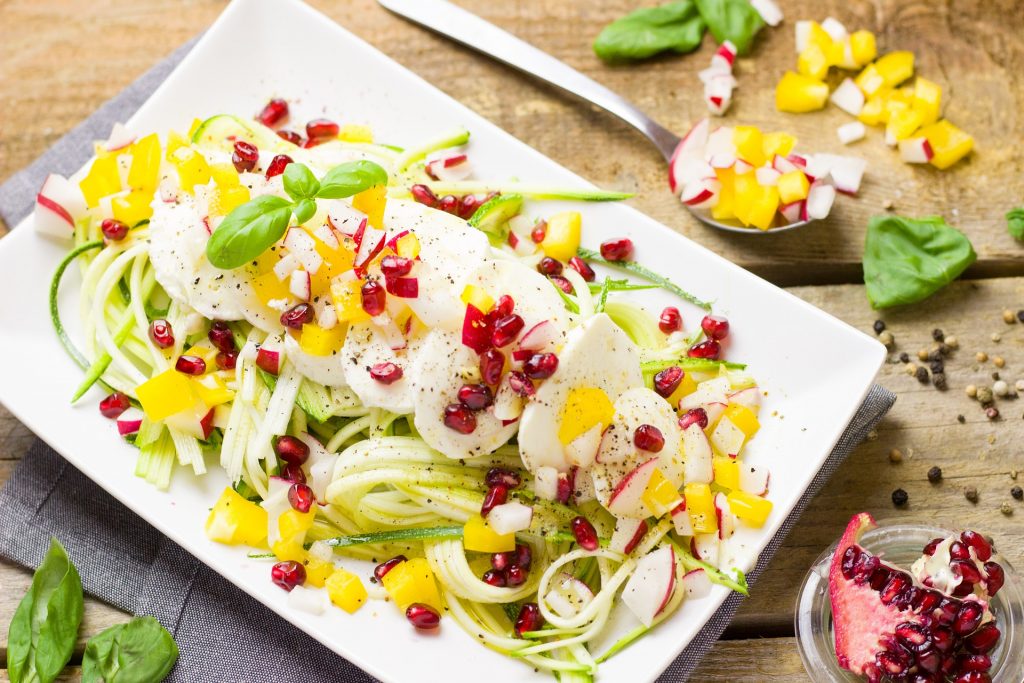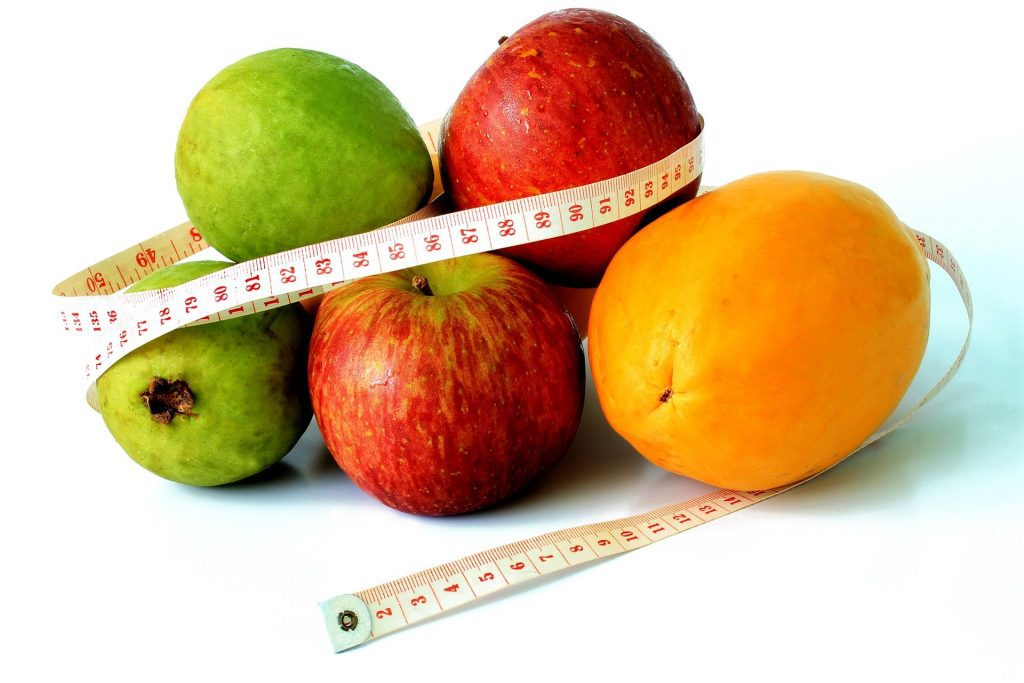Also Read: Super Foods To Reduce Belly Fat | Intermittent Dieting
2. Cucumber
Cucumber is just 16 calories per 100 grams. This veggie is full of minerals, vitamins, and electrolytes and is extremely hydrating. It also helps in maintaining the body’s water balance during summer.
3. Oatmeal
Oatmeal is full of fiber; it’s an excellent food to keep you away from overeating without packing in many calories. A 100 gms of oatmeal possesses only about 68 calories, making a bowl of oatmeal one of the most ideal foods for weight loss.
4. Eggs
Eggs are one of the best sources of bioavailable protein and contain bare minimum calories. 100 grams contain just 52 calories.
Also Read: Protein Rich Foods: Benefits, Side-Effects And Easy Dishes To Eat Everyday
5. Celery
Containing about 16 calories per 100 grams, celery is amongst the highest-ranking negative calorie foods. Its green leaves are packed with fiber, celery is also rich in vitamin A, vitamin C, and folate.
Also Read: Benefits Of Cranberry Juice: Beyond UTI And Vitamin C
6. Beets
Beets are root vegetables that typically have a deep-red or purple color. One of the most researched benefits of beets is its potential to lower blood pressure.
7. Broth
There are many varieties of broth, including chicken, mutton, and vegetable. It can be eaten alone or used as a base for soups and stews.
8. Cabbage
Cabbage is a vegetable with green or purple leaves. It’s a common ingredient in slaws and salads. Fermented cabbage is known as sauerkraut.
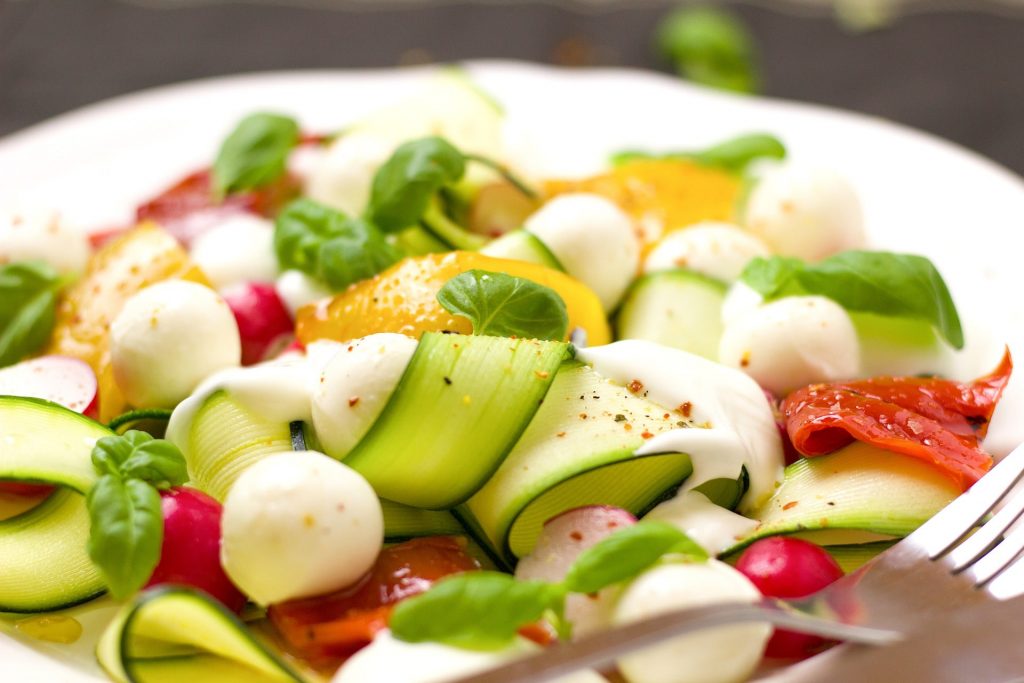
9. Broccoli
Broccoli is one of the most nutritious vegetables on the planet. It’s a member of the cruciferous family of vegetables and may help fight cancer.
7. Grapefruit
Grapefruits are one of the most delicious and nutritious citrus fruits. They can be enjoyed on their own or on top of yogurt, salad, or even fish.
8. Kale
Kale is a leafy green that has gained popularity in recent years for its impressive nutritional benefits.
9. Lemons and Limes
The juice and zest of lemons and limes are widely used to flavor water, salad dressings, marinades, and alcoholic drinks.
10. Papaya
Papaya is an orange fruit with black seeds that resembles a melon and is typically grown in tropical regions.
11. Strawberries
Strawberries are an extremely popular fruit. Strawberries are very resourceful and can be consumed in breakfast dishes, salads, and baked goods.
12. Tomatoes
Tomatoes are one of the most popular vegetables in the world. They can be served raw, cooked or pureed in a tomato sauce.
13. Watermelon
As its name suggests, watermelon is a very hydrating fruit. It tastes delicious on its own or paired with fresh mint and feta.
14. Low-Calorie Beverages: Coffee, Herbal Tea, Water, Carbonated Water
Some beverages are very low in calories especially when you don’t add anything to them. Black coffee, a cup of green tea, a herbal infusion made only with natural ingredients, and even soda water with a dash of lemon are all low-calorie beverages. These keep you hydrated whilst keeping your calorie intake in check.
15. Radishes
Radishes are crunchy root vegetables with a somewhat spicy bite.
16. Onions
Onions are a very common vegetable. Varieties of onions include red, white, and yellow, as well as spring onions.
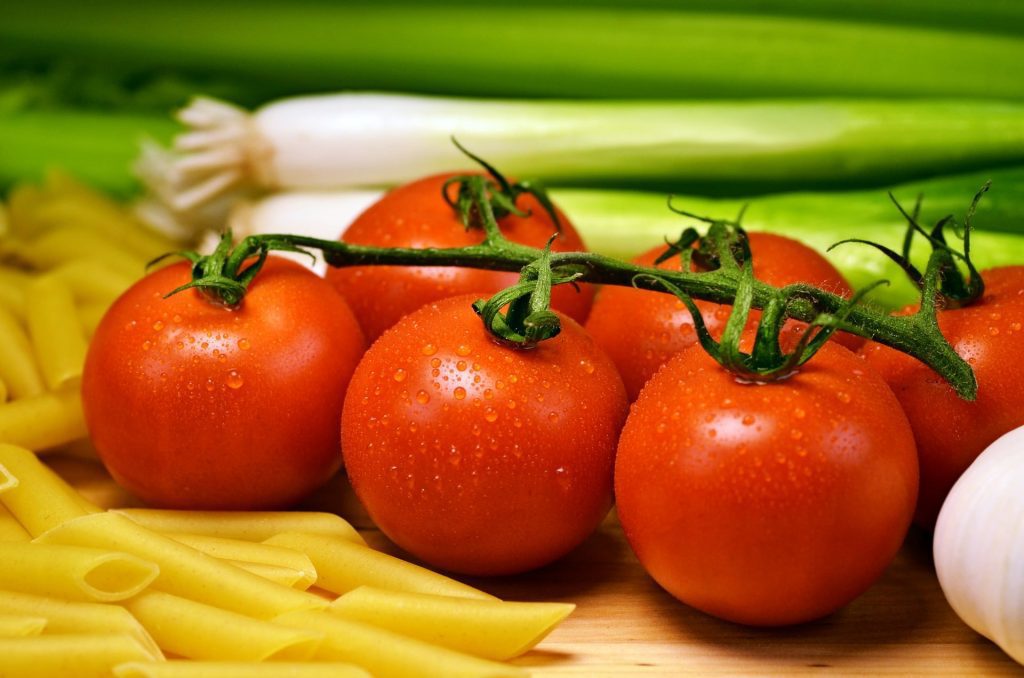
17. Carrots
Carrots are a rich source of Vitamin A. They are available in various colors like orange, red, white, purple, or yellow.
The Side-Effects Of Lack Of Calories – Consuming Low-Calorie Foods
While following a calorie-restricted diet is suitable for a limited time to achieve weight-loss goals or even bring about sustainable inch-loss, doing this for longer can bring adverse effects. Here are the side-effects of consuming a low-calorie diet that you must know about:
1. Gallstones
Consistently low intake of calories over time can lead to rapid weight loss. Although this might sound ideal to those who are not happy with their weight, losing a large amount of weight in a short period of time may decrease the gallbladder’s ability to release bile. This can lead to the formation of gallstones, hardened deposits of the digestive fluid in your gallbladder characterized by severe pain, yellowed skin, and a high fever and chills.
2. Immunity
Severe calorie restriction may result in an iron deficiency and low protein levels that may affect your immune system’s ability to fight off colds or any other serious illnesses.
3. Menstruation and Pregnancy
When women don’t consume enough calories which are required by their body, it may result in an irregular menstrual cycle. When menses stop, your risk of bone loss is accelerated due to a lack of estrogen and poor nutrition, including low calcium levels, increasing the risk for osteoporosis and broken bones.
Women who eat too few calories during pregnancy can increase the chances that the baby will experience delayed growth and development, or have damaged organs and be prone to obesity later in life, in severe cases.
4. Metabolism and Weight Loss
Consuming very few calories can make your body think it’s starving and actually lose metabolism-boosting muscle and hold onto fat instead, stopping your weight-loss efforts. It causes your metabolism to slow down overall and can make it harder to lose weight in the future.
A reasonably low-calorie foods list or diet should be preferred over a diet that is excessively low in calories. Less extreme diets are easier to follow, they disturb normal daily activities less, and are less risky if you’re over 50 years or have health problems. People who follow a very-low-calorie diet, have more chances of gallstones.
Also Read: Lose Weight In 7 Days: An Extreme Weight Loss Diet
Keep in mind that most diets only work when you are healthy and make healthy lifestyle choices at the same time, including increasing daily exercise and being regular with it.
Pros And Cons Of A Low-Calorie Diet Containing Low-Calorie Foods
Pros Of A Low-Calorie Diet
The beauty of a low-calorie diet is that it is not at all complicated to follow. As long as you can measure your food portions and add and subtract them according to your needs, you should be fine. You just have to simply keep track of the number of calories of food that you take in a day and restrict your intake as required daily.
Measuring utensils, a pad of paper, and a pencil, or for the math impaired, a calculator, is all that is needed to begin your journey of losing weight with the help of a low-calorie diet!
Another advantage of low-calorie diets is that there aren’t any foods that are restricted to have or need to be avoided when counting calories which is not the case in a low-calorie diet. It’s all about the total daily calories that are monitored, not the specific type of food.
If you want a scoop of ice cream, you can enjoy it. However, you’ll have 300 fewer calories for your other meals and snacks for you to accomplish your low-calorie diet plan for that day.
Cons Of A Low-Calorie Diet
Choosing your food choices cleverly and carefully based on numbers may reduce the calories you consume could be an excellent task. But if you are indulging in a particularly low-calorie diet that is made up of essentially junk foods or non-healthy foods, it could be bad for your health. You may lose weight in the short term, but your body will not get the entire range of essential nutrients and vitamins needed to keep the organs, bones, and muscles healthy.
A low-calorie diet isn’t a healthy diet by itself, especially when continued over a period of time.
Another thing that should be taken care of about low-calorie diets is that if you become overly devoted to calorie counting and reduce your calories, you could be compromising your health and maybe missing out some of the essential nutrients, such as calcium and iron, etc.
The third thing to worry about when the diet is not followed in a proper way is that consuming a very low-calorie diet can cause weight loss to occur too rapidly but it may make you feel tired and nauseous, cause constipation, and can also give away to the formation of gallstones.
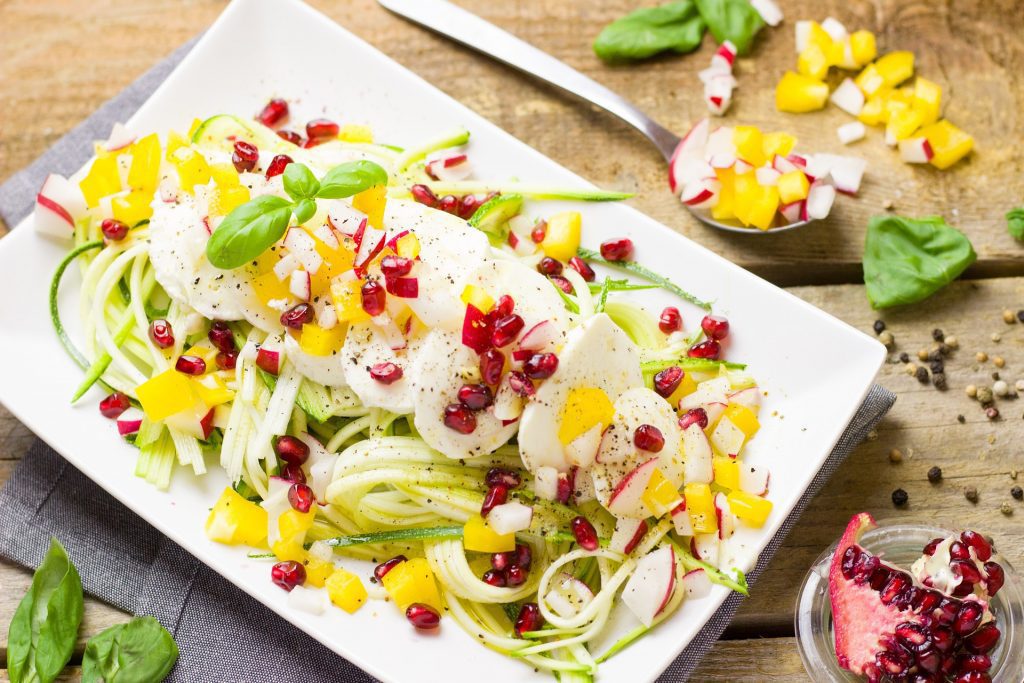
Some Low-Calorie Foods – Indian Dishes
- Buttermilk: It is a healthy option as it is low in fat and helps indigestion. It is rich in potassium, calcium, phosphorus, and Vitamin B12.
- Calorie in one glass buttermilk: 32 calories
- Ragi dosa: Made from superfood, ragi, ragi dosa is a famous South Indian dish. Ragi is beneficial for weight watchers. It is high in fiber and has monounsaturated fat. Calorie in one ragi dosa (with less oil): 85 calories in one dosa
- Oats idli: Though it originates from South India, idlis are loved by everyone. Ideally, idlis are prepared from rice batter or sometimes even from Rava batter. But to make idli healthier, you can try and make it from oats. Idli prepared from oats is a great option to start your day with. Calorie in 2 idlis: 52 calories
- Chicken tikka: More popular among foreign tourists, chicken tikka is tasty along with many health benefits. But again, while preparing tikka, try to use fewer spices and oil as possible. Calorie in 6 tikka: 270 calories
- Dal tadka (The famous yellow dal): The arhar dal is cooked in almost every Indian household and is enjoyed with rice even by small children. Dal is rich in protein and is easy to digest. People also use this dal to make porridge. Calories in one bowl dal: 120 calories
- Papad: There is no doubt that papad when deep-fried in oil is more delicious to have. But if you want to be healthy, ditch this deep-fried papad and instead microwave it or directly put it on the flame. These microwaved papads are any day healthier and crispier. Calories in 1 papad: 55 calories
- Tandoori roti: Prepared from whole wheat and baked in a clay oven tandoori rotis make a good combination with any Indian curry. The way the tandoori roti is prepared gives it a distinguished taste. Calories in 1 tandoori roti: 100 calories
- Tandoori chicken: When prepared with fewer spices and less oil, tandoori chicken is a healthy option due to the way it’s prepared in a clay oven. Calories in one piece: 275 calories
- Mix vegetable curries: Mixed vegetable is one of the best and easiest options to cook. Mixed vegetables give you the choice to select the vegetables you like and make your own new type.
Point to be noted: Prepare it in one tbsp of oil and minimum spices.
Calories in one bowl of mixed vegetable curries: 100 calories approximately in 100 grams - Fish curries: India is a country surrounded by seas and that is why we have a variety of dishes prepared from local fish. You must avoid preparing fish in a large amount of oil and spices. Calorie intake: 325 calories for a small bowl.
- Sprout salad: Sprouts are high in fiber and make a healthy snack for weight watchers. In order to add taste to sprouts, you can add a drop of lime with some salt. You can chop and add your choice of veggies to make it more delicious. Calories in 100 grams sprouts: 95 calories
- Raita: Raita may be of any type cucumber, bottle guard, or onion in all forms it is a great way to cool the digestive tract after dinner/lunch. Calories in a small bowl of raita: 42 calories
- Palak paneer: Paneer is a healthy dairy product and palak is rich in iron. People who don’t like palak still love to consume it in this form.
Calories in one bowl: 190 calories. - Rasam: Again, a famous South Indian dish prepared by the use of several Indian spices. Calories in a small bowl: 60 calories
- Dhokla: Prepared from fermented ground flour dhokla is a top favorite Gujarati dish. The fermented ground flour is steamed to prepare dhokla. Calories in one piece of dhokla: 25 calories
- Lemon rice: Lemon rice is a hot favorite among all. Calories in one small plate: 185 calories
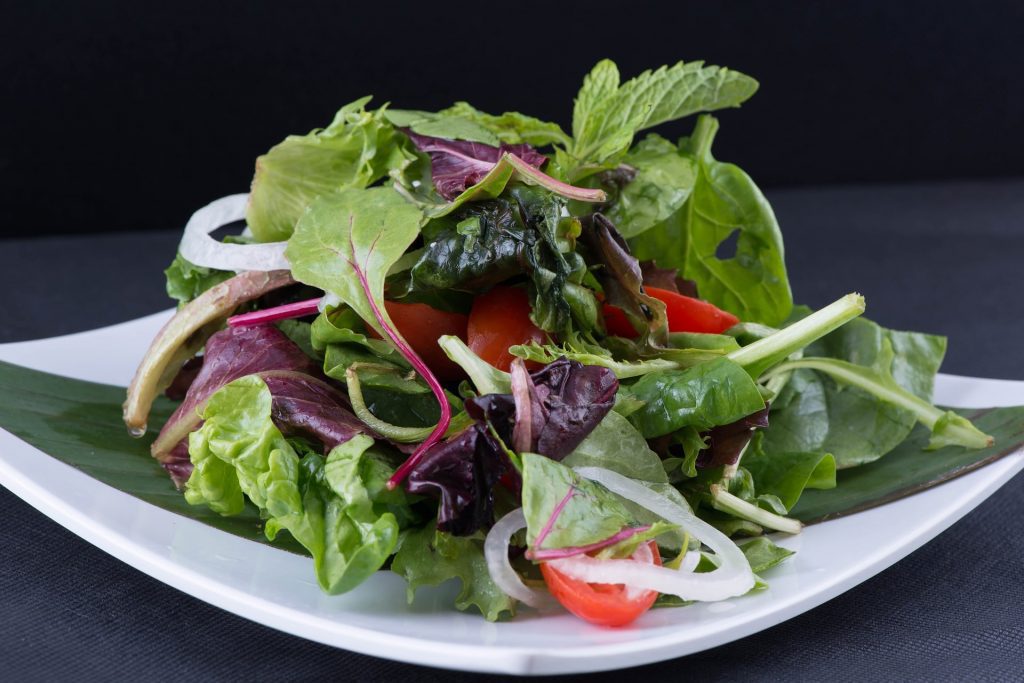
Reducing calorie intake on calories doesn’t mean you have to feel hungry or unsatisfied between meals constantly. Eating a wide variety of filling foods with plenty of protein and fiber and other nutrients can fight cravings and decrease hunger to make weight loss easier than ever.
Frequently Asked Questions
Here we have answered a few FAQs about low-calorie foods.
1. What Indian breakfast is best for weight loss?
The best breakfast for weight loss varies from body to body. The breakfast needs to be packed with protein that can help in optimal weight loss. Eggs white omelete, sprouts, kala chana chat, dhokla, besan chila, oats, oats and ragi idli, moong dal chila can prove to be good breakfast options.
2. Which fruit is best for weight loss?
Fruits like watermelons, papaya, grapefruit, oranges, pears, guava, limes and lemons are favorable fruits if you are trying to lose a few kilos.
3. What is the healthiest Indian food to order at a restaurant?
Ask your nutritionist or dietician according to your body’s needs and preferences. It is advisable to order tandoori food like chicken tikka, fish tikka, paneer tikka, soya chaap, mushroom tikka when you go out. If it is not filling, add on a salad to fill you up. Avoid sugary drinks like colas and mocktails, go for a simple fresh lime or fresh watermelon juice.
Disclaimer – This content including advice provides generic information only. It is in no way a substitute for qualified medical opinion. Always consult a specialist or your own doctor for more information before making any dietary changes.

